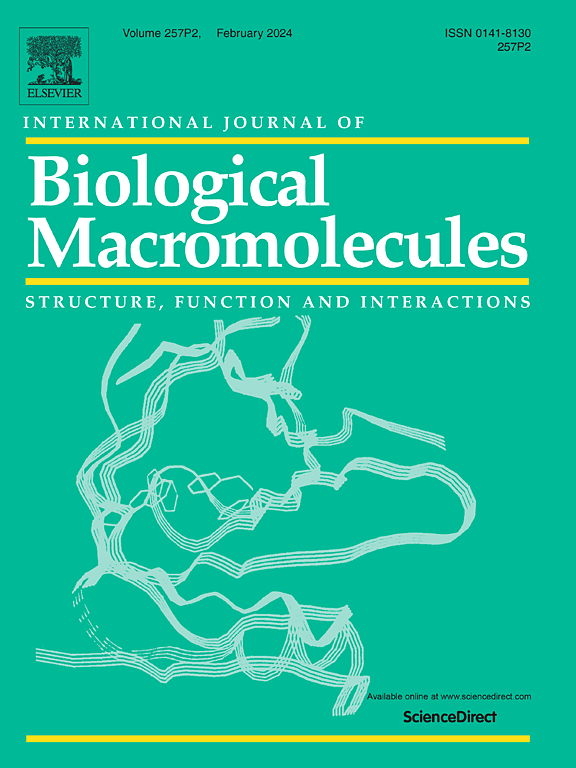Consistency of gene expression and protein acetylation modification with physiological and biochemical changes responding to the deficiency of histone deacetylase 1 homolog in Monascus ruber
IF 7.7
1区 化学
Q1 BIOCHEMISTRY & MOLECULAR BIOLOGY
International Journal of Biological Macromolecules
Pub Date : 2025-04-01
DOI:10.1016/j.ijbiomac.2025.142485
引用次数: 0
Abstract
Monascus species can produce several secondary metabolites (SMs), which are regulated by a complex network. Histone deacetylase 1 (Hda1) has been demonstrated as a critical regulator of SMs and developmental processes; however, little is known about Hda1 in Monascus spp. (named MrHda1). In this study, strain ΔMrHda1 was generated for phenotypic assays. The results indicated that MrHda1 inactivation led to reduced conidia and ascospores but significantly increased pigment and citrinin production. Transcriptome data showed that MrHda1 deletion upregulated the expression of most genes in the glycolytic pathway as well as the gene clusters involved in pigment and citrinin biosynthesis. Western blotting (WB) and label-free acetylome data indicated that MrHda1 deletion significantly enhanced lysine acetylation modifications on the H3 subunit and enzymes involved in the citric acid cycle. Site-directed mutation demonstrated that the production of pigments and citrinin directly correlates with the acetylation level of histone H3 lysine 18 (H3K18). These findings provide new insights into the essential functions of MrHda1 and its regulation mechanisms on the SMs.
求助全文
约1分钟内获得全文
求助全文
来源期刊
CiteScore
13.70
自引率
9.80%
发文量
2728
审稿时长
64 days
期刊介绍:
The International Journal of Biological Macromolecules is a well-established international journal dedicated to research on the chemical and biological aspects of natural macromolecules. Focusing on proteins, macromolecular carbohydrates, glycoproteins, proteoglycans, lignins, biological poly-acids, and nucleic acids, the journal presents the latest findings in molecular structure, properties, biological activities, interactions, modifications, and functional properties. Papers must offer new and novel insights, encompassing related model systems, structural conformational studies, theoretical developments, and analytical techniques. Each paper is required to primarily focus on at least one named biological macromolecule, reflected in the title, abstract, and text.

 求助内容:
求助内容: 应助结果提醒方式:
应助结果提醒方式:


